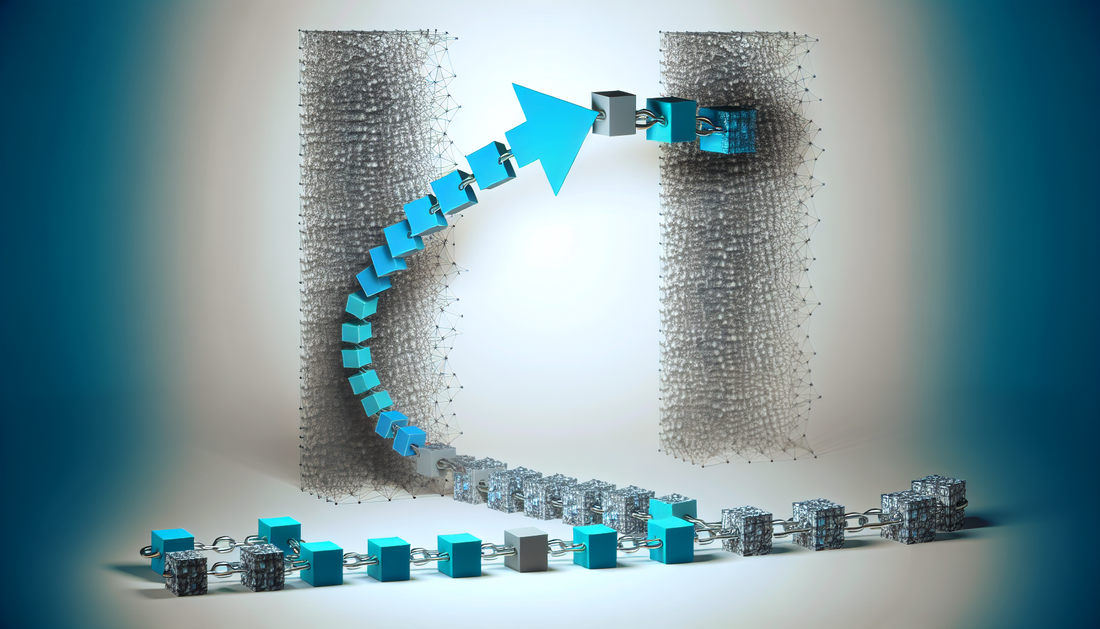
QuarkChain: Revolutionizing Blockchain Scalability
Share
QuarkChain (QKC) History
QuarkChain (QKC) is a blockchain network that aims to deliver a high-throughput solution designed to tackle the scalability issues faced by many blockchain networks. Its history dates back to 2017 when it was first founded by Qi Zhou, a former Google engineer with extensive experience in distributed systems. Zhou’s goal was to create a decentralized platform that could handle millions of transactions per second, all while maintaining security and decentralization.
The project began to gain visibility through its initial whitepaper release in 2017. The whitepaper introduced multi-layered sharding, which enables the network to divide a blockchain into smaller partitions (shards). This division allows QuarkChain to maximize performance and scalability, even under heavy transaction loads.
In 2018, QuarkChain conducted an Initial Coin Offering (ICO), raising a significant amount of funding from its token sale. The project garnered considerable attention primarily due to its ambitious aim to solve one of the core issues in the blockchain ecosystem—scalability. Shortly after the ICO, QuarkChain’s testnet was launched, which laid the foundation for network development while garnering additional feedback from the crypto community. The testnet showcased QuarkChain’s unique approach to balance decentralization, security, and transaction throughput.
By mid-2019, QuarkChain released its mainnet known as “Singularity”. The Singularity mainnet rollout signified that the project was no longer at the experimental stage but had moved into functional use. This mainnet introduced key technological features such as cross-shard transactions, which enable interoperability between different shards in the network. It marked a significant milestone, differentiating QuarkChain from many other blockchain solutions.
QuarkChain’s development team continued to work on expanding its features after the mainnet launch. This included improving developer tools and introducing staking. Over time, the platform started to embrace a multi-language consensus framework, making it easier for developers to build decentralized applications using multiple programming languages.
Since its inception, QuarkChain has been moving forward on its roadmap, which includes enhancing its ecosystem with decentralized apps (dApps), providing more developer-friendly environments, and increasing transaction scalability.
